A Comprehensive Look at Tomato Paste Brands Introduction: Tomato paste has become an indispensable ingredient in kitchens around the world. Its thick, concentrated form adds depth and flavor to a wide range of dishes, making it a versatile addition to any pantry. However, with the myriad of options available on the market, it can be challenging to choose the right tomato paste brand. In this article, we will explore some of the leading tomato paste brands, highlighting their key features, production methods, and consumer preferences to help you make an informed choice. 1. Mutti: Mutti is an Italian brand renowned for its high-quality tomato products. Established in 1899, Mutti has earned a reputation for employing traditional methods that prioritize flavor and freshness. The brand exclusively uses high-quality Italian tomatoes, which are promptly processed to preserve their taste and nutritional value. Mutti offers a range of tomato paste options, including double-concentrated and triple-concentrated varieties, allowing consumers to choose the level of intensity they desire. 2. Cento: Cento, an Italian-American brand that has been in operation since 1963, is renowned for its commitment to authenticity and quality. Cento sources its tomatoes from the fertile regions of Italy, known for producing vibrant and flavorful tomatoes. The brand utilizes traditional methods, such as hand-harvesting and steam peeling, to ensure the tomatoes’ natural flavors are largely preserved. Cento’s tomato paste is available in both conventional and organic options, catering to a diverse range of consumer preferences. 3. Hunts: Hunts, an American brand with over 130 years of experience, is a household name in the tomato paste industry. Known for its affordable yet flavorful tomato products, Hunts prioritizes accessibility without compromising taste. The brand sources its tomatoes from California and uses a unique steam peeling technique, which allows the tomatoes to retain their natural flavor. Hunts offers various tomato paste options, including no-salt-added and organic varieties, catering to health-conscious consumers. 4. Amore: Amore, a gourmet brand specializing in Mediterranean flavors, offers a distinct variety of tomato paste. The brand sources its tomatoes from the rich volcanic soils of Italy’s San Marzano region, famous for producing exquisite-tasting tomatoes. Amore’s unique production process involves sun-drying the tomatoes, enhancing their natural sweetness and intensity. With its rich and robust taste, Amore’s tomato paste is particularly favored by those seeking bold flavors in their culinary creations.

tomato paste
 5. La Chinata: La Chinata, a Spanish brand, is renowned for its specialty tomato products, including tomato paste. The brand selects only the ripest tomatoes from the Extremadura region of Spain, known for its favorable climate and fertile soil. La Chinata’s tomato paste is made using traditional cooking methods, resulting in a rich and smooth texture. Consumers appreciate the brand’s commitment to quality, with the tomatoes processed within 24 hours of harvest to ensure maximum freshness. 6. Carmelina ‘e…San Marzano Italian Tomatoes: Carmelina ‘e…San Marzano Italian Tomatoes is a family-owned brand that focuses on offering premium-quality tomato products. The brand prides itself on sourcing tomatoes exclusively from the renowned San Marzano region in Italy, chosen for its optimal growing conditions. Carmelina ‘e…San Marzano’s tomato paste is made purely from vine-ripened San Marzano tomatoes, with no added preservatives or additives. The result is a rich and authentic tomato paste favored by chefs and home cooks alike. Conclusion: When it comes to tomato paste, choosing the right brand can make a significant difference in the flavor and quality of your meals. Whether you prefer the traditional methods employed by Italian brands like Mutti and Cento, the affordable options offered by Hunts, the bold flavors of Amore, the specialty products of La Chinata, or the premium quality of Carmelina ‘e…San Marzano Italian Tomatoes, there is a tomato paste brand to suit everyone’s taste buds. By considering the brand’s sourcing methods, production techniques, and consumer feedback, you can make an informed decision to enhance your cooking experience and take your culinary creations to new heights.I. Market Overview: The tomato paste industry has experienced steady growth over the years, driven by its wide range of culinary applications and increasing consumer demand for convenient and flavorful ingredients. The global tomato paste market is expected to reach a value of $5.7 billion by 2026, with a compound annual growth rate (CAGR) of 3.7% between 2021 and 2026. Factors such as the rising popularity of Mediterranean and Italian cuisines, the expanding foodservice industry, and the growing preference for natural and organic products are key contributors to this market growth.
5. La Chinata: La Chinata, a Spanish brand, is renowned for its specialty tomato products, including tomato paste. The brand selects only the ripest tomatoes from the Extremadura region of Spain, known for its favorable climate and fertile soil. La Chinata’s tomato paste is made using traditional cooking methods, resulting in a rich and smooth texture. Consumers appreciate the brand’s commitment to quality, with the tomatoes processed within 24 hours of harvest to ensure maximum freshness. 6. Carmelina ‘e…San Marzano Italian Tomatoes: Carmelina ‘e…San Marzano Italian Tomatoes is a family-owned brand that focuses on offering premium-quality tomato products. The brand prides itself on sourcing tomatoes exclusively from the renowned San Marzano region in Italy, chosen for its optimal growing conditions. Carmelina ‘e…San Marzano’s tomato paste is made purely from vine-ripened San Marzano tomatoes, with no added preservatives or additives. The result is a rich and authentic tomato paste favored by chefs and home cooks alike. Conclusion: When it comes to tomato paste, choosing the right brand can make a significant difference in the flavor and quality of your meals. Whether you prefer the traditional methods employed by Italian brands like Mutti and Cento, the affordable options offered by Hunts, the bold flavors of Amore, the specialty products of La Chinata, or the premium quality of Carmelina ‘e…San Marzano Italian Tomatoes, there is a tomato paste brand to suit everyone’s taste buds. By considering the brand’s sourcing methods, production techniques, and consumer feedback, you can make an informed decision to enhance your cooking experience and take your culinary creations to new heights.I. Market Overview: The tomato paste industry has experienced steady growth over the years, driven by its wide range of culinary applications and increasing consumer demand for convenient and flavorful ingredients. The global tomato paste market is expected to reach a value of $5.7 billion by 2026, with a compound annual growth rate (CAGR) of 3.7% between 2021 and 2026. Factors such as the rising popularity of Mediterranean and Italian cuisines, the expanding foodservice industry, and the growing preference for natural and organic products are key contributors to this market growth.
Specifications of tomato paste
 II. Key Factors Influencing Consumer Choice: 1. Quality: Quality is perhaps the most critical factor that consumers consider when choosing a tomato paste brand. Consumers prefer brands that prioritize the use of high-quality tomatoes, employ traditional production methods, and focus on preserving the natural flavors and nutritional value of the tomatoes. 2. Origin: The origin of the tomatoes used in tomato paste production is highly valued by consumers. Brands that source their tomatoes from renowned regions known for their high-quality tomatoes, such as San Marzano in Italy or California in the United States, are often preferred. 3. Production Methods: The production methods employed by tomato paste brands play a significant role in determining the flavor and consistency of the final product. Brands that use traditional methods, including hand-harvesting, steam peeling, and sun-drying, are favored by many consumers for their authentic taste. 4. Product Varieties: Tomato paste brands that offer a range of product varieties, such as double-concentrated, triple-concentrated, organic, and no-salt-added options, cater to the diverse preferences of consumers. This allows individuals to choose the intensity and health-consciousness level that aligns with their dietary needs. III. Competitive Landscape: 1. Market Leaders: Mutti and Cento are two of the leading tomato paste brands, known for their commitment to quality and authenticity. Both brands have strong footholds in the Italian and Italian-American markets and are favored by consumers seeking traditional and flavorful tomato paste options. 2. Pricing Strategies: Hunting the higher end of the market, premium brands like Amore and Carmelina ‘e…San Marzano Italian Tomatoes focus on providing high-end, gourmet tomato paste options. These brands often command higher price points due to their superior quality and meticulous sourcing methods. On the other hand, brands like Hunts target a more budget-conscious segment by offering affordable yet flavorful tomato paste. 3. Specialty Brands: La Chinata is a notable brand in the tomato paste market, renowned for its specialty products. The brand caters to consumers looking for unique flavors and textures, sourcing their tomatoes from a specific region in Spain and using traditional cooking methods to create a rich and smooth tomato paste.
II. Key Factors Influencing Consumer Choice: 1. Quality: Quality is perhaps the most critical factor that consumers consider when choosing a tomato paste brand. Consumers prefer brands that prioritize the use of high-quality tomatoes, employ traditional production methods, and focus on preserving the natural flavors and nutritional value of the tomatoes. 2. Origin: The origin of the tomatoes used in tomato paste production is highly valued by consumers. Brands that source their tomatoes from renowned regions known for their high-quality tomatoes, such as San Marzano in Italy or California in the United States, are often preferred. 3. Production Methods: The production methods employed by tomato paste brands play a significant role in determining the flavor and consistency of the final product. Brands that use traditional methods, including hand-harvesting, steam peeling, and sun-drying, are favored by many consumers for their authentic taste. 4. Product Varieties: Tomato paste brands that offer a range of product varieties, such as double-concentrated, triple-concentrated, organic, and no-salt-added options, cater to the diverse preferences of consumers. This allows individuals to choose the intensity and health-consciousness level that aligns with their dietary needs. III. Competitive Landscape: 1. Market Leaders: Mutti and Cento are two of the leading tomato paste brands, known for their commitment to quality and authenticity. Both brands have strong footholds in the Italian and Italian-American markets and are favored by consumers seeking traditional and flavorful tomato paste options. 2. Pricing Strategies: Hunting the higher end of the market, premium brands like Amore and Carmelina ‘e…San Marzano Italian Tomatoes focus on providing high-end, gourmet tomato paste options. These brands often command higher price points due to their superior quality and meticulous sourcing methods. On the other hand, brands like Hunts target a more budget-conscious segment by offering affordable yet flavorful tomato paste. 3. Specialty Brands: La Chinata is a notable brand in the tomato paste market, renowned for its specialty products. The brand caters to consumers looking for unique flavors and textures, sourcing their tomatoes from a specific region in Spain and using traditional cooking methods to create a rich and smooth tomato paste.
buy tomato paste
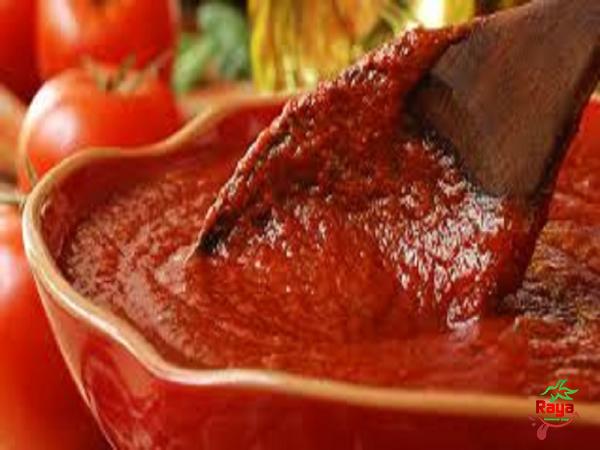 IV. Consumer Preferences and Trends: 1. Organic and Natural Products: With the growing emphasis on health and wellness, consumers are increasingly seeking organic and natural tomato paste options. Brands like Cento and Hunts offer organic varieties, ensuring that the tomatoes used in their products are free from pesticides and other harmful chemicals. 2. Sustainable and Ethical Sourcing: Conscious consumerism has driven the demand for tomato paste brands that prioritize sustainable and ethical sourcing practices. Brands like Mutti and Carmelina ‘e…San Marzano Italian Tomatoes work directly with farmers, prioritizing fair trade and environmentally friendly processes. 3. Convenience and Packaging: As consumers’ lifestyles become increasingly busy, convenience is a significant factor in their purchasing decisions. Brands that offer tomato paste in convenient packaging formats, such as squeeze tubes or small portion sachets, are gaining popularity among busy households and foodservice establishments. V. Innovation and New Product Development: An increasing number of tomato paste brands are taking innovative approaches to cater to evolving consumer demands. This includes the development of new flavors, such as chipotle-infused or basil-infused tomato paste, to add a unique twist to traditional dishes. Additionally, brands are exploring alternative packaging formats, such as resealable jars or tubes, to enhance convenience and extend product shelf life. VI. Impact of COVID-19 Pandemic: The COVID-19 pandemic has significantly impacted the tomato paste industry, as it has with many other sectors. The disruptions in the supply chain, workforce limitations, and changes in consumer behavior have affected production, distribution, and sales. However, heightened focus on home cooking and pantry stocking during lockdowns has driven increased sales of tomato paste, as consumers sought versatile and long-lasting ingredients for their home-cooked meals. VII. Market Challenges and Opportunities: 1. Intense Competition: The tomato paste market is highly competitive, with numerous brands vying for consumer attention. To stand out, brands must differentiate themselves based on quality, production methods, and unique flavors or packaging. 2. Rising Demand for Plant-Based Products: The growing popularity of plant-based diets presents an opportunity for tomato paste brands to cater to this consumer segment. Brands can develop plant-based alternatives or position their existing products as suitable for vegetarian and vegan diets, appealing to a broader customer base. 3. Localization and Regional Preferences: While international brands dominate the tomato paste market, there is a growing trend towards supporting local and regional producers. Local brands that emphasize their regional sourcing and production methods can capitalize on this consumer preference. Conclusion: The tomato paste market offers a diverse array of brands, each with its unique qualities and appeal. From established Italian brands like Mutti and Cento to American household names like Hunts, consumers have a wide range of options to choose from, based on their preferences for quality, origin, price, and product variety. As the demand for convenient and flavorful ingredients continues to grow, tomato paste brands that adapt to consumer trends and prioritize quality, sustainability, and innovation are poised for success in an increasingly competitive market.
IV. Consumer Preferences and Trends: 1. Organic and Natural Products: With the growing emphasis on health and wellness, consumers are increasingly seeking organic and natural tomato paste options. Brands like Cento and Hunts offer organic varieties, ensuring that the tomatoes used in their products are free from pesticides and other harmful chemicals. 2. Sustainable and Ethical Sourcing: Conscious consumerism has driven the demand for tomato paste brands that prioritize sustainable and ethical sourcing practices. Brands like Mutti and Carmelina ‘e…San Marzano Italian Tomatoes work directly with farmers, prioritizing fair trade and environmentally friendly processes. 3. Convenience and Packaging: As consumers’ lifestyles become increasingly busy, convenience is a significant factor in their purchasing decisions. Brands that offer tomato paste in convenient packaging formats, such as squeeze tubes or small portion sachets, are gaining popularity among busy households and foodservice establishments. V. Innovation and New Product Development: An increasing number of tomato paste brands are taking innovative approaches to cater to evolving consumer demands. This includes the development of new flavors, such as chipotle-infused or basil-infused tomato paste, to add a unique twist to traditional dishes. Additionally, brands are exploring alternative packaging formats, such as resealable jars or tubes, to enhance convenience and extend product shelf life. VI. Impact of COVID-19 Pandemic: The COVID-19 pandemic has significantly impacted the tomato paste industry, as it has with many other sectors. The disruptions in the supply chain, workforce limitations, and changes in consumer behavior have affected production, distribution, and sales. However, heightened focus on home cooking and pantry stocking during lockdowns has driven increased sales of tomato paste, as consumers sought versatile and long-lasting ingredients for their home-cooked meals. VII. Market Challenges and Opportunities: 1. Intense Competition: The tomato paste market is highly competitive, with numerous brands vying for consumer attention. To stand out, brands must differentiate themselves based on quality, production methods, and unique flavors or packaging. 2. Rising Demand for Plant-Based Products: The growing popularity of plant-based diets presents an opportunity for tomato paste brands to cater to this consumer segment. Brands can develop plant-based alternatives or position their existing products as suitable for vegetarian and vegan diets, appealing to a broader customer base. 3. Localization and Regional Preferences: While international brands dominate the tomato paste market, there is a growing trend towards supporting local and regional producers. Local brands that emphasize their regional sourcing and production methods can capitalize on this consumer preference. Conclusion: The tomato paste market offers a diverse array of brands, each with its unique qualities and appeal. From established Italian brands like Mutti and Cento to American household names like Hunts, consumers have a wide range of options to choose from, based on their preferences for quality, origin, price, and product variety. As the demand for convenient and flavorful ingredients continues to grow, tomato paste brands that adapt to consumer trends and prioritize quality, sustainability, and innovation are poised for success in an increasingly competitive market.

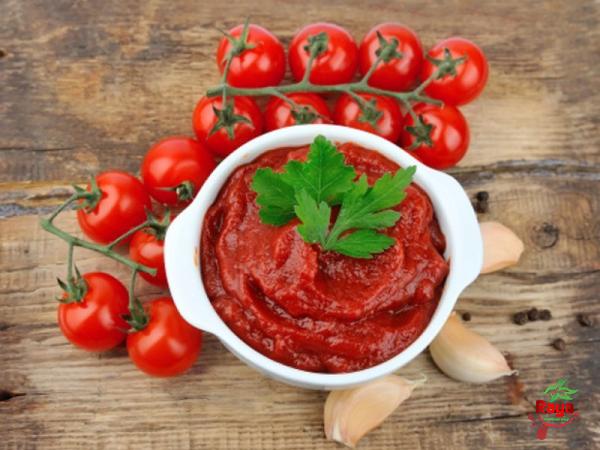
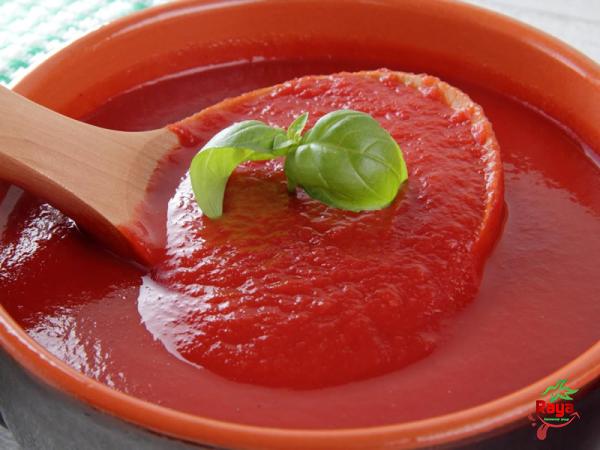
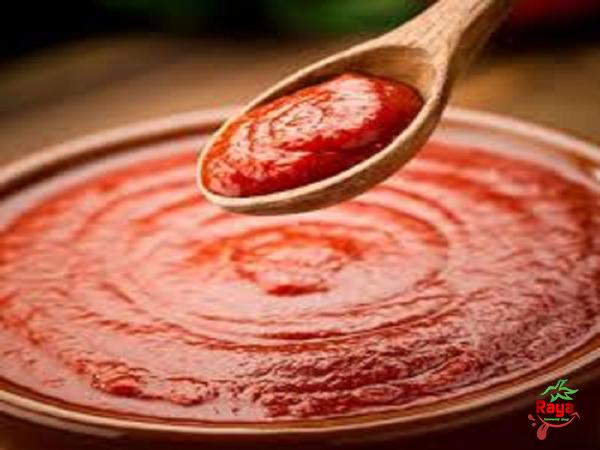

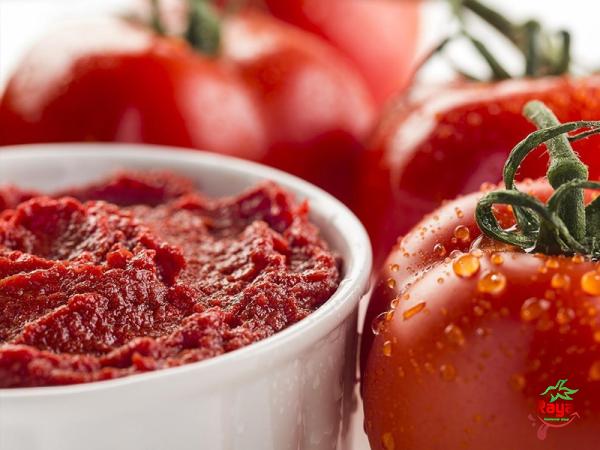



Your comment submitted.